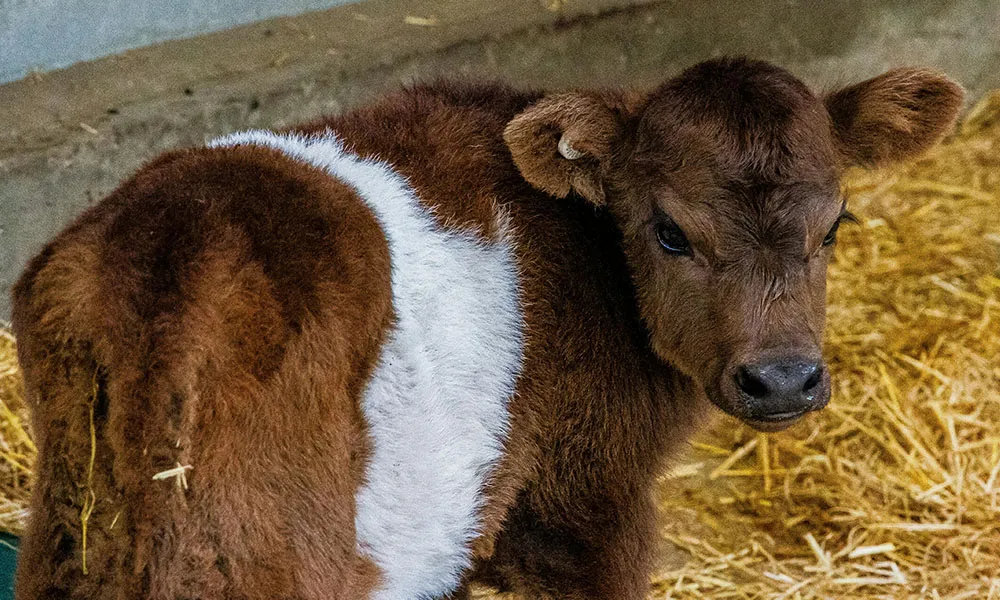
Agridirect.ie discuss the upcoming sheep breeding season, and offer some pointers to farmers preparing to purchase a breeding ram.
That time of year again
Many of us might not want to think about it, but the fact is that tupping season is looming. For those that put the ram in early, we are talking about weeks rather than months. During these weeks, it is important that you give careful consideration to your breeding plan. Among your primary concerns will be your choice of sire.
The Breeding Index
Now, for those of you who are new to sheep, the €uro-Star Sheep Ireland breeding indexes offer an excellent way to estimate how much money you can expect to make from whatever ram you are considering.
This, of course, should come with a health warning. Those with little experience of farming might be tempted to go for ram from a large terminal breed, on the supposition that this will yield the most profit come mart time. But this is not advisable if your land is unsuited to terminal breeds like Suffolks or Texels. Our advice here is simple: cut according to your cloth, and choose sheep breeds that are suited to your land. If you are a hill farmer, stick to hill sheep!
The Two Indexes
With that piece of advice out of the way, let’s take stock of the breeding indexes. These are split into two separate indexes: the Terminal Index and the Replacement Index. The Terminal Index ranks animals in terms of their ability to produce progeny for slaughter. The key considerations of this index are the shape and size of the progeny carcass and the growth rate of lambs, as well as lambing difficulty and survival rate. These are all important criteria, but in reality animals that do well on the Terminal Index are those that produce weighty, fast-growing lambs for slaughter.
The Replacement Index, on the other hand, measures performance in relation to the maternal performance of ewes, including lamb survival rates, milk production and lambing performance. Rams that perform well on this index should be considered the best candidates for replacement ewe lambs for breeding.
Accuracy is crucial
It is also important to keep an eye on the accuracy percentage score, which is positioned beneath the sheep value score. This expresses the amount of good quality information available to measure the sheep value scores. You want to make sure that this figure is also high, as a low accuracy score may mean that the sheep value score is unreliable.
Star System
Rams on the index are graded according to a star number system. An animal that has a 5-star rating on one or other index is in the top 20% for the associated traits. Those with a 4-star rating are ranked in the top 40%. At the other end of the scale, those with a 2-star rating lag in the bottom 40% and those on 1 star come in the bottom 20%.
Ask yourself what you want from your ram
Going on this information, it is perhaps an obvious point that you should give careful consideration to what you are looking for before choosing your ram. If you are hoping to breed replacement ewes, go for a ram that scores 4 or 5 stars on the Replacement Index. At the same time, you should keep an eye on the overall sheep value index. Make sure that the animal you choose doesn’t have an extremely low overall score.
The same applies to the Terminal Index. While you should aim for a ram with a 5 or 4 on the key traits of terminal breeds, you should also give consideration to ease of lambing and lamb survival rates in particular.











